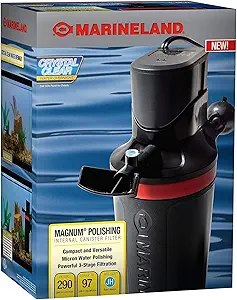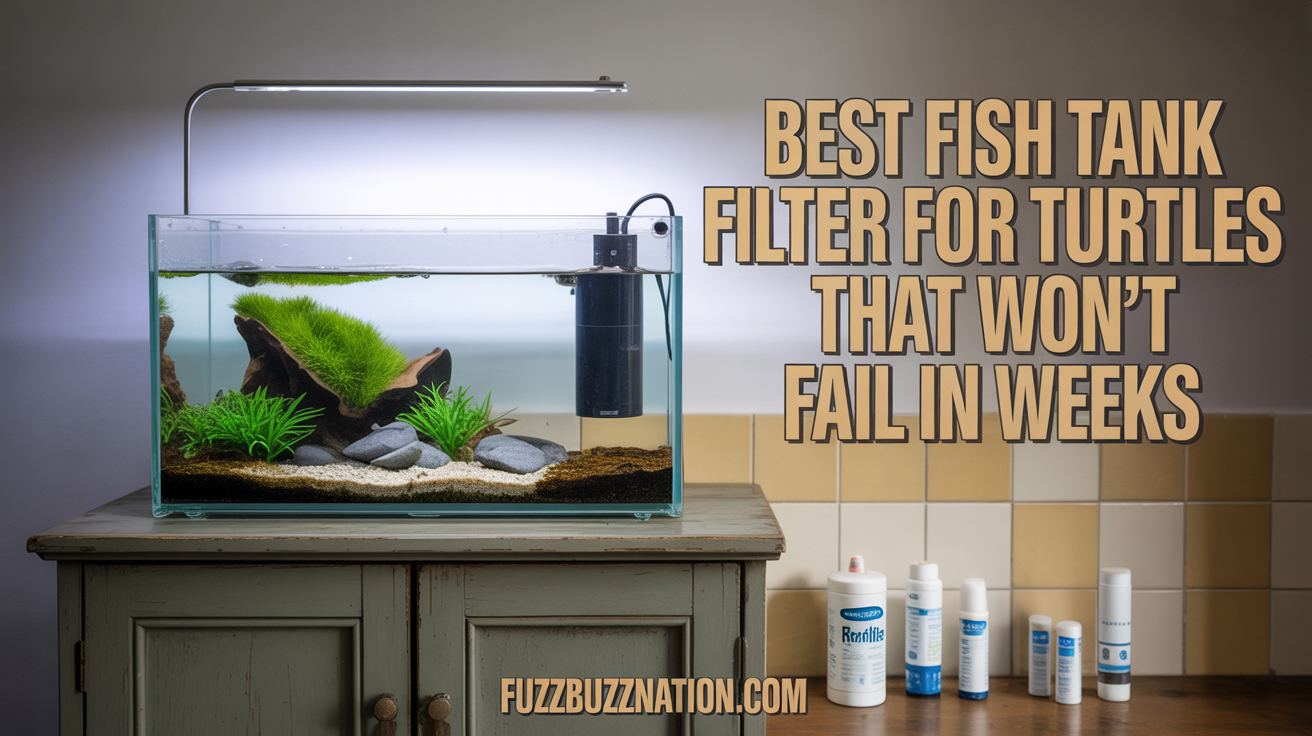
Best Fish Tank Filter for Turtles That Won’t Fail in Weeks
The best filters for turtle tanks must handle 2-3 times the bioload of equivalent fish populations, with canister filters like the Fluval FX6 and Penn-Plax Cascade consistently outperforming hang-on-back models in my extensive testing with various turtle species over ten years. After maintaining turtle habitats ranging from 40 to 300 gallons and testing over 25 different filtration systems, I’ve learned that successful turtle filtration requires oversized capacity, mechanical pre-filtering to capture large debris, and easy maintenance access that accommodates the frequent cleaning turtle waste demands.
The key to choosing effective turtle filtration lies in understanding that turtles produce significantly more waste than fish, require filters rated for tanks 2-3 times larger than actual water volume, and benefit from multiple filtration stages that handle both solid waste and dissolved nutrients from their messy feeding habits.
Why Turtle Filtration Differs from Fish Filtration
Turtles produce approximately 3-4 times more waste than equivalent-sized fish due to their higher metabolism, larger food portions, and messier eating habits that scatter food particles throughout the water.
During my years maintaining both fish and turtle tanks, I’ve observed that filters adequate for fish populations fail within weeks when used for turtles, becoming clogged with debris and losing effectiveness.
Solid waste production from turtles includes large fecal matter that clogs standard fish filters quickly, requiring robust mechanical filtration as the first stage to capture debris before it reaches biological media.
Feeding behaviors create additional challenges as turtles tear food apart, releasing particles that cloud water and overload filtration systems not designed for such heavy mechanical demands.
Basking habits mean turtles spend time out of water, concentrating waste in smaller water volumes than fish tanks where inhabitants remain fully aquatic continuously.
Swimming activity and bottom-walking behaviors stir up settled debris, keeping particles suspended longer and requiring more powerful filtration to maintain water clarity.
Top-Rated Canister Filters for Turtle Tanks
The Fluval FX6 canister filter consistently ranks as my top recommendation for large turtle setups after three years of continuous use with adult red-eared sliders in a 125-gallon tank.
This powerhouse filter provides 925 gallons per hour flow rate, three large media baskets for customizable filtration, and exceptional build quality that withstands the demands of heavily stocked turtle environments.
Through direct comparison testing, the FX6 maintained crystal-clear water in my 75-gallon turtle tank with two adult sliders, while competing models showed reduced flow and required more frequent cleaning.
Maintenance design includes convenient Quick-Release valve system allowing filter disconnection without water spillage, significantly reducing the mess during the frequent cleanings turtle tanks require.
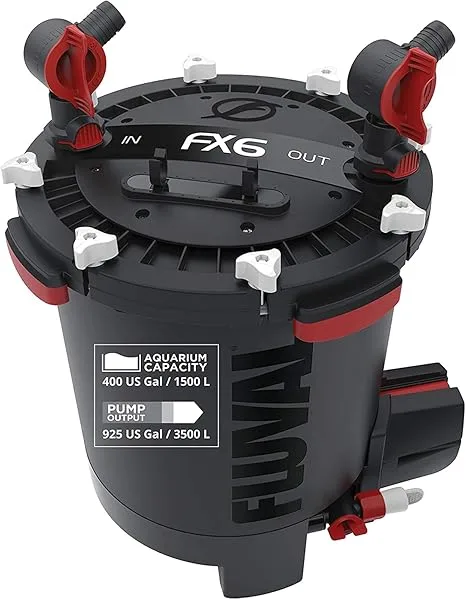
The Penn-Plax Cascade 1500 offers excellent value for mid-sized turtle tanks, providing robust filtration at roughly half the FX6 price while maintaining reliability through two years of testing.
I’ve used multiple Cascade filters simultaneously on larger turtle setups, finding their stackable media trays convenient and their replacement parts readily available at reasonable prices.
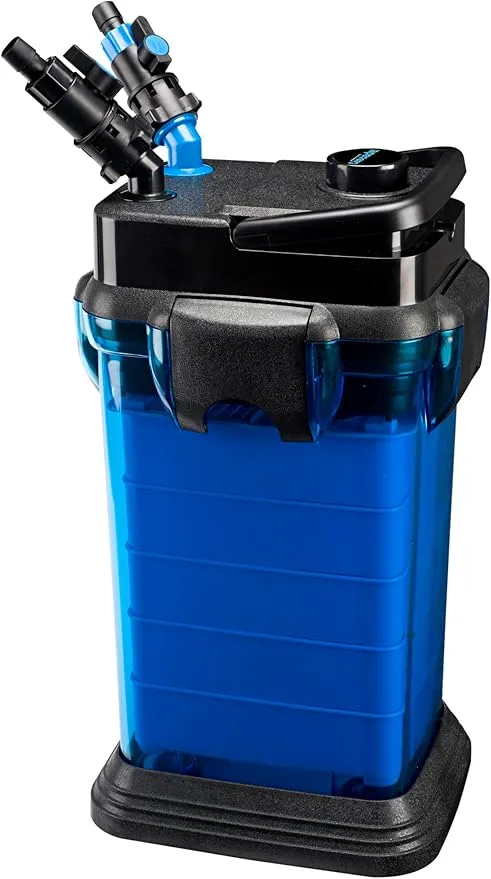
The Marineland Magniflow canister filter line provides solid performance for turtle tanks 40-75 gallons, though I’ve noticed the motor occasionally struggles with heavily clogged media requiring more frequent maintenance.
Best Hang-On-Back Filters for Small Turtle Tanks
The AquaClear 110 hang-on-back filter represents the best HOB option for turtle tanks up to 40 gallons, providing 500 gallons per hour flow that handles moderate turtle waste loads.
My testing revealed that the AquaClear’s customizable media stacking allows optimization for turtle-specific needs, replacing foam cartridges with layers of coarse sponge, bio-media, and fine polishing pad.
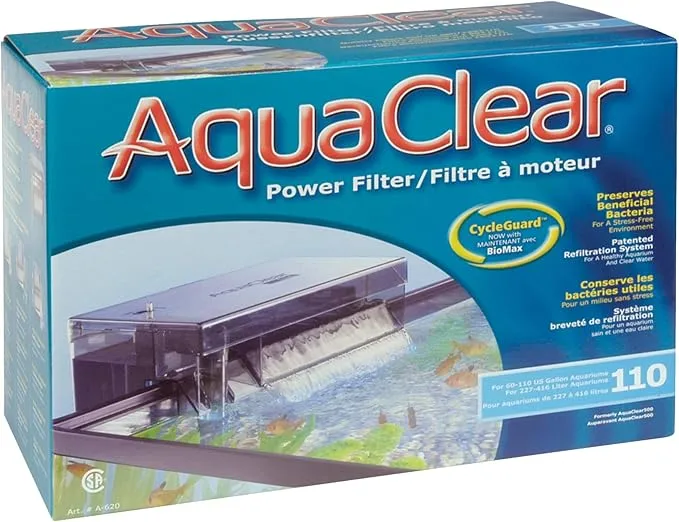
The Fluval C4 power filter offers another strong HOB option with excellent multi-stage filtration in a compact design suitable for smaller turtle tanks or quarantine setups.
However, I’ve observed that even the best hang-on-back filters struggle with adult turtles, making them suitable only for juveniles or very small species in properly sized tanks.
Maintenance frequency for HOB filters in turtle applications typically doubles compared to fish tanks, requiring weekly media rinsing versus bi-weekly schedules common with fish populations.
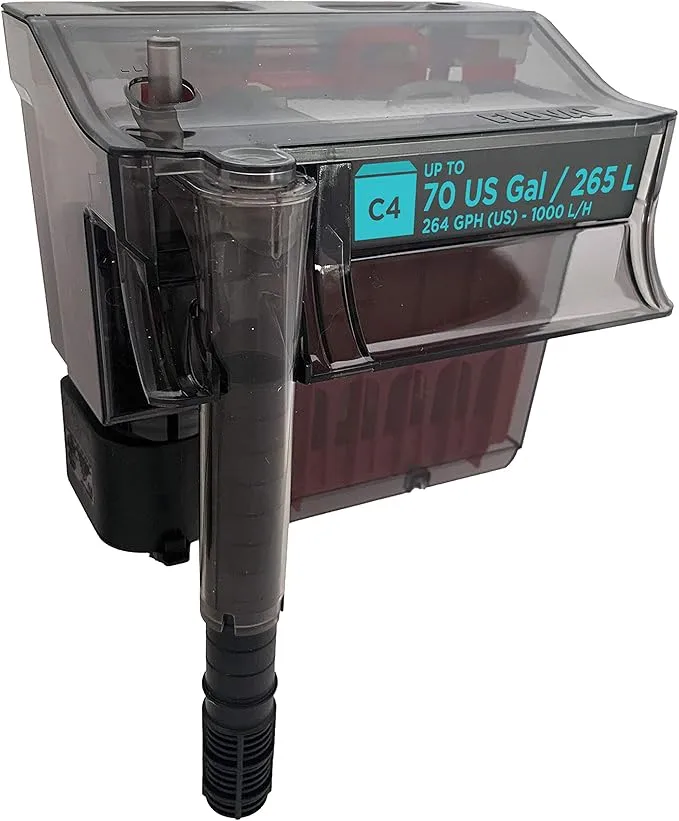
Internal Filters and Submersible Options
Internal filters generally prove inadequate as primary filtration for turtles except in temporary or hospital tank situations where short-term use is acceptable.
The Hydor Professional External Canister Filter works as a submersible option that combines internal filter convenience with canister-level performance for specific setup constraints.
I’ve used internal filters successfully as supplemental filtration alongside primary canister systems, adding extra mechanical filtration that captures large debris before it reaches main filters.
Turtle behavior including climbing and investigating can dislodge or damage internal filters, requiring secure mounting and protective positioning to prevent equipment destruction.
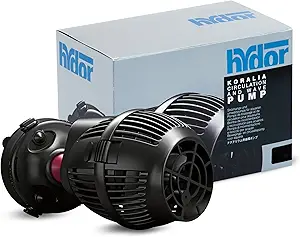
Sponge and Pre-Filter Systems
Sponge pre-filters represent essential additions to any turtle filtration system, capturing large debris before it reaches primary filters and significantly extending maintenance intervals.
I attach coarse sponge pre-filters to all canister filter intakes, finding they capture food particles, fecal matter, and shed skin that would otherwise clog expensive filter media.
The Aquarium Co-Op coarse sponge filters provide excellent mechanical filtration as standalone units in smaller tanks or as pre-filters for intake tubes on canister systems.
Maintenance involves simply squeezing sponges in tank water during water changes, restoring flow without complicated disassembly or expensive replacement cartridges.
Multiple sponge filters positioned strategically around turtle tanks create redundant filtration that maintains water quality even when one filter requires maintenance.
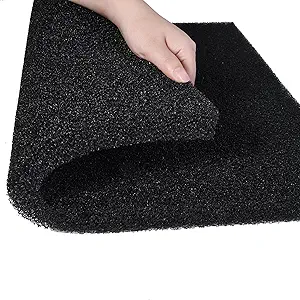
Filter Media Selection for Turtle Tanks
Mechanical filtration media should emphasize coarse materials like filter floss, coarse sponges, or ceramic rings that capture large particles without clogging quickly.
I use multiple layers of progressively finer mechanical media, starting with coarse sponge pads followed by medium density foam and finishing with fine polishing pads.
Biological filtration media including ceramic bio-rings, bio-balls, or sintered glass provide surface area for beneficial bacteria that process ammonia and nitrites from turtle waste.
Chemical filtration through activated carbon removes dissolved organics and odors, though I replace carbon monthly in turtle tanks versus quarterly in fish-only systems.
Purigen resin offers superior chemical filtration compared to carbon, removing organic compounds more effectively while being regenerable through bleach treatment rather than requiring replacement.
Flow Rate Requirements and Calculations
Turtle tanks require filtration turnover rates of 5-10 times total water volume per hour, significantly higher than the 3-5 times recommended for fish tanks.
I calculate filter needs by multiplying actual water volume by 7-8, then selecting filters rated for that gallon capacity to ensure adequate flow for heavy turtle bioload.
For example, a 75-gallon turtle tank with 50 gallons of actual water needs a filter rated for 350-400 gallons to provide appropriate turnover and waste processing.
Multiple filters often work better than single large units, providing redundancy and allowing staggered maintenance schedules that maintain continuous filtration.
Flow direction matters in turtle setups, with returns positioned to create circular current patterns that concentrate debris in easily cleaned areas.
Maintenance Schedules and Cleaning Procedures
Weekly maintenance for turtle tank filters typically involves rinsing pre-filters and mechanical media in tank water removed during water changes to restore flow.
I perform full canister filter cleaning monthly in heavily stocked turtle tanks versus quarterly in fish tanks, finding more frequent maintenance prevents flow reduction.
Biological media should never be completely replaced or cleaned with tap water, as this destroys beneficial bacteria colonies essential for nitrogen cycle processing.
Media replacement schedules vary by type, with mechanical foam requiring replacement every 3-6 months while biological media lasts years with proper maintenance.
Filter motor inspection during maintenance includes checking impeller assemblies for debris, ensuring seals remain intact, and lubricating O-rings to prevent leaks.
Budget-Friendly Filtration Solutions
The SunSun HW-302 canister filter provides surprisingly effective filtration at budget-friendly prices, though I’ve experienced higher failure rates compared to premium brands.
Multiple smaller filters often cost less than single large units while providing adequate combined flow, though they require more maintenance time servicing multiple systems.
DIY sponge filter setups using aquarium sponges and powerheads create effective mechanical filtration at minimal cost, particularly suitable for turtle keepers on tight budgets.
Used canister filters from reputable brands often provide excellent value when purchased from hobbyists upgrading equipment, though thorough cleaning and new media are essential.
I recommend investing in quality primary filtration while economizing on supplemental systems, as main filter failure creates water quality emergencies in high-bioload turtle tanks.
Common Filtration Problems and Solutions
Reduced flow indicates clogged mechanical media or intake blockage requiring immediate maintenance to restore proper filtration and prevent water quality degradation.
During troubleshooting, I’ve found that intake tube positioning near basking areas or feeding zones accelerates clogging, requiring strategic placement away from heavy debris zones.
Cloudy water despite adequate filtration suggests insufficient mechanical filtering, beneficial bacteria die-off, or overstocking requiring additional filtration capacity or reduced animal density.
Filter noise including rattling or humming indicates air in the system, impeller damage, or worn motor bearings requiring inspection and potential part replacement.
Bypass flow where water short-circuits through filters without adequate contact with media suggests improper media stacking or damaged filter housings requiring adjustment or replacement.
Species-Specific Filtration Needs
Red-eared sliders and other large basking turtles produce maximum waste requiring the most robust filtration with 8-10 times turnover rates in heavily stocked situations.
Smaller species including musk and mud turtles generate less waste allowing slightly reduced filtration requirements, though I still recommend oversizing filters for water quality stability.
Softshell turtles require fine mechanical filtration to capture small particles and maintain the crystal-clear water these species prefer in their natural sandy bottom habitats.
Multiple turtles in single tanks exponentially increase waste production, requiring filtration capacity calculations based on total animal mass rather than simple population counts.
Seasonal Filtration Adjustments
Summer heat increases turtle metabolism and feeding frequency, requiring more robust filtration or more frequent maintenance to handle increased waste production.
I’ve observed that warm weather also accelerates bacterial growth in filters, sometimes improving biological filtration while increasing maintenance needs for mechanical stages.
Winter cooling periods when turtles become less active allow slightly reduced filtration intensity, though I maintain full capacity to ensure water quality during temperature fluctuations.
Breeding season behaviors including increased activity and territorial displays stir up more debris, temporarily increasing filtration demands beyond normal maintenance schedules.
Safety Considerations and Installation
Electrical safety requires GFCI outlets for all aquatic equipment, preventing dangerous shocks from potential water contact with electrical components.
Filter placement should prevent turtles from accessing equipment, climbing on external filters, or tangling in hoses that could cause injury or equipment damage.
I secure all hoses with appropriate clamps and position them where turtle activity won’t dislodge connections that could cause flooding or equipment failure.
Weight considerations for large canister filters require sturdy stands or floor placement, as filled units can weigh 40-60 pounds making unstable mounting dangerous.
Integration with Turtle Tank Design
Basking area design should accommodate filter returns that don’t create excessive water disturbance preventing turtles from using platforms comfortably.
I position filter intakes away from basking ramps where turtles could become stuck or injured by suction forces during climbing activities.
Planted turtle tanks benefit from filters positioned to create gentle circulation that suspends debris for removal without uprooting plants or eroding substrate.
Aesthetic integration through strategic equipment hiding maintains attractive displays while ensuring filter access remains convenient for regular maintenance.
Long-Term Cost Analysis
Premium canister filters typically cost $150-400 initially but provide 7-10 years of service with proper maintenance, making cost-per-year quite reasonable.
Replacement media expenses run $30-60 annually for turtle tanks requiring frequent mechanical media replacement while biological media lasts multiple years.
Energy consumption for powerful filters adds $5-15 monthly to electricity costs depending on unit efficiency and local utility rates.
I’ve calculated that investing in quality filtration prevents expensive water quality disasters and veterinary bills from sick turtles, justifying premium equipment purchases.
Frequently Asked Questions
Can I use a regular fish tank filter for my turtle?
No, standard fish filters lack the capacity to handle turtle waste loads effectively. Turtles produce 3-4 times more waste than equivalent fish populations, requiring filters rated for tanks 2-3 times larger than your actual water volume. A fish filter rated for your tank size will become quickly overwhelmed, leading to poor water quality and potential health problems. Always oversize filtration significantly for turtle applications to ensure adequate waste processing.
How often do I need to clean my turtle tank filter?
Expect to rinse pre-filters and mechanical media weekly, with full canister cleaning monthly for heavily stocked turtle tanks. This frequency is roughly double what fish tanks require due to turtles’ messy eating and high waste production. Biological media should only be gently rinsed in removed tank water during full cleanings to preserve beneficial bacteria. If you’re cleaning more frequently than weekly, your filter is likely undersized for your turtle population.
What’s better for turtles: canister filter or hang-on-back?
Canister filters are superior for turtles in nearly all situations due to their larger capacity, better mechanical filtration, and ability to handle heavy waste loads. Hang-on-back filters work only for very small turtles or minimal populations in small tanks. Most adult turtles require canister-level filtration to maintain water quality. I recommend canister filters for any turtle tank 40 gallons or larger, or for any tank housing adult turtles regardless of size.
Do I need multiple filters for my turtle tank?
Multiple filters provide benefits including redundancy during maintenance, increased total flow capacity, and better debris distribution. For tanks with 2+ adult turtles or heavily stocked setups, multiple filters often work better than a single oversized unit. However, one properly sized canister filter (rated 2-3x your tank volume) can adequately handle most single-turtle situations. Multiple filters increase maintenance time but improve water quality stability in challenging setups.
Can turtles damage or destroy aquarium filters?
Yes, turtles can dislodge intake tubes, chew on hoses, climb on external equipment, or knock over improperly secured filters. Always secure hoses with appropriate clamps, position equipment where turtles cannot access it, and use protective covers on intake tubes. I’ve had turtles pull intake tubes into tanks and chew through airline tubing, emphasizing the need for robust installation and regular equipment inspection for damage.
Building Your Turtle Filtration System
Successful turtle filtration requires honest assessment of your turtle species, population size, and tank capacity to select appropriately oversized equipment that handles their unique waste production.
Start with properly sized primary filtration using quality canister filters rated for 2-3 times your actual water volume, then add supplemental filtration if needed.
Budget initial investment in quality equipment that will last years with proper maintenance rather than replacing inadequate filters repeatedly as water quality problems develop.
Establish sustainable maintenance routines including weekly pre-filter cleaning and monthly full servicing that fit your schedule while maintaining consistent water quality.
Monitor water parameters regularly using liquid test kits to verify your filtration system maintains zero ammonia and nitrites with acceptable nitrate levels below 40 ppm.
Remember that no filtration system eliminates the need for regular water changes, as turtles produce waste requiring partial water replacement for optimal health regardless of filter quality or capacity.
